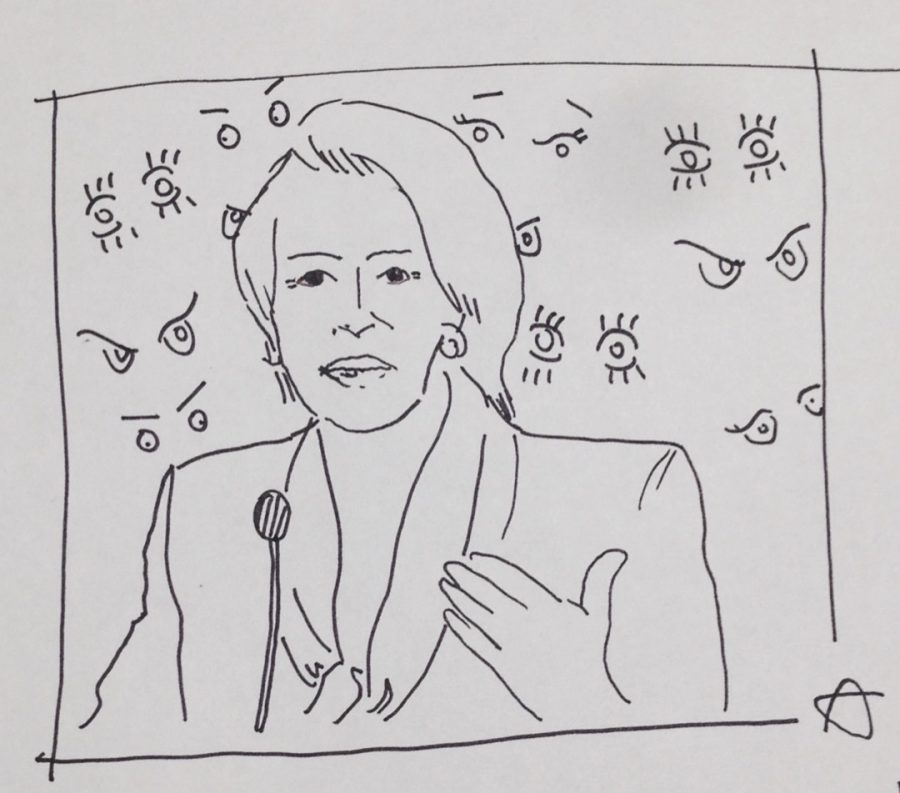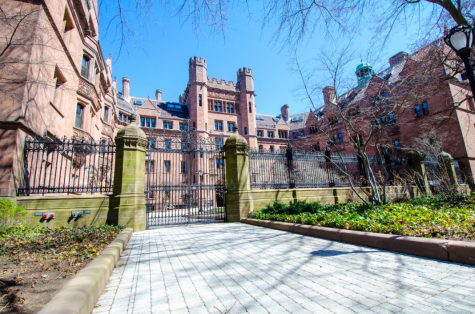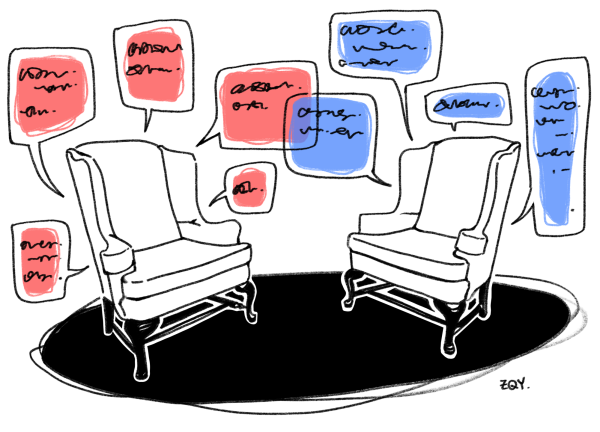Nancy Pelosi, America’s most embattled Democrat
While much of recent political news has been speculation about the effects that a Donald Trump presidency will have on the Republican Party, perhaps just as important is the current battle being waged among Congressional Democrats. Although House Minority Leader Nancy Pelosi recently defeated her competitor for the position, Tim Ryan, with 134 votes to his 63, the strong challenge—backed by nearly a third of House Democrats—has created a divide amidst the already-struggling party.
Mr. Ryan, a representative for Ohio for ten years, is undoubtedly motivated by the recent presidential election loss, blaming Democrats’ failures on their inability to appeal to working-class Americans, particularly those from Midwestern states in the so-called “rust belt.” The Democrats’ loss of power in the legislative branch has been a trend over the past six years, with the party losing control of the House in 2010 and the Senate in 2014. Now, with the loss of the executive branch in this year’s election, the Democrats’ current tactics are clearly not working. The party’s upset loss in November’s presidential election has served as a wake-up call for many Democrats, illustrating that their current image is not appealing to enough of the American public.
Although Mrs. Pelosi maintains strong support among House Democrats, Mr. Ryan’s assertion that the Democrats have been “wiped out in the Midwest” and become “toxic in rural America” does have some merit. According to a New York Times article from November 29th, the safe-blue states of Massachusetts, California, and New York currently account for a third of the party’s membership. While the Democrats remain popular in the densely populated coastal cities of these states, the presidential election is proof that outside of these strongholds, America’s oldest political party has lost the support of much of the country.
While the Democrats have historically had strong support from the working class, Mr. Ryan believes that the party has lost the support of this demographic. His claim is strongly supported by Donald Trump’s victory in many traditionally Democratic industrial towns in the Midwest. Mr. Ryan claims that this loss of faith in the Democrats is a result of the failure of the party to provide a strong economic platform for working-class voters to to get behind. The unexpected popularity of Bernie Sanders and his anti-inequality platform is evidence of the desire among many Americans for economic reform. While Hillary Clinton did adopt some of Sanders’ economic policies, Mr. Ryan and his followers believe that she, along with much of the Democratic Party, have focused too much on appealing to minority groups and using “identity politics” rather than advocating a strong, idea-based platform.
While I don’t agree entirely with Mr. Ryan’s diagnosis of the Democrats’ obsession with “identity politics,” I do agree that the Democratic Party must focus more on the economic issues facing everyday Americans if they want any chance of regaining power in Washington. Working and middle-class Americans around the country feel neglected by the federal government. Issues like income inequality, student debt, and job loss have taken a backseat in many presidential debates. Average Americans are looking for solutions to their everyday financial troubles and the Democrats have not advocated their proposed solutions strongly enough. If the Democrats want to win back Congress in 2018, economic policy will have to be at the forefront of their campaigns.









